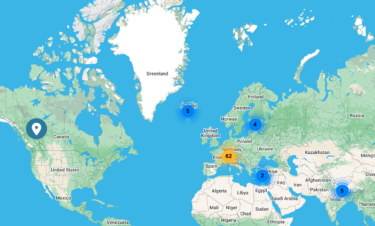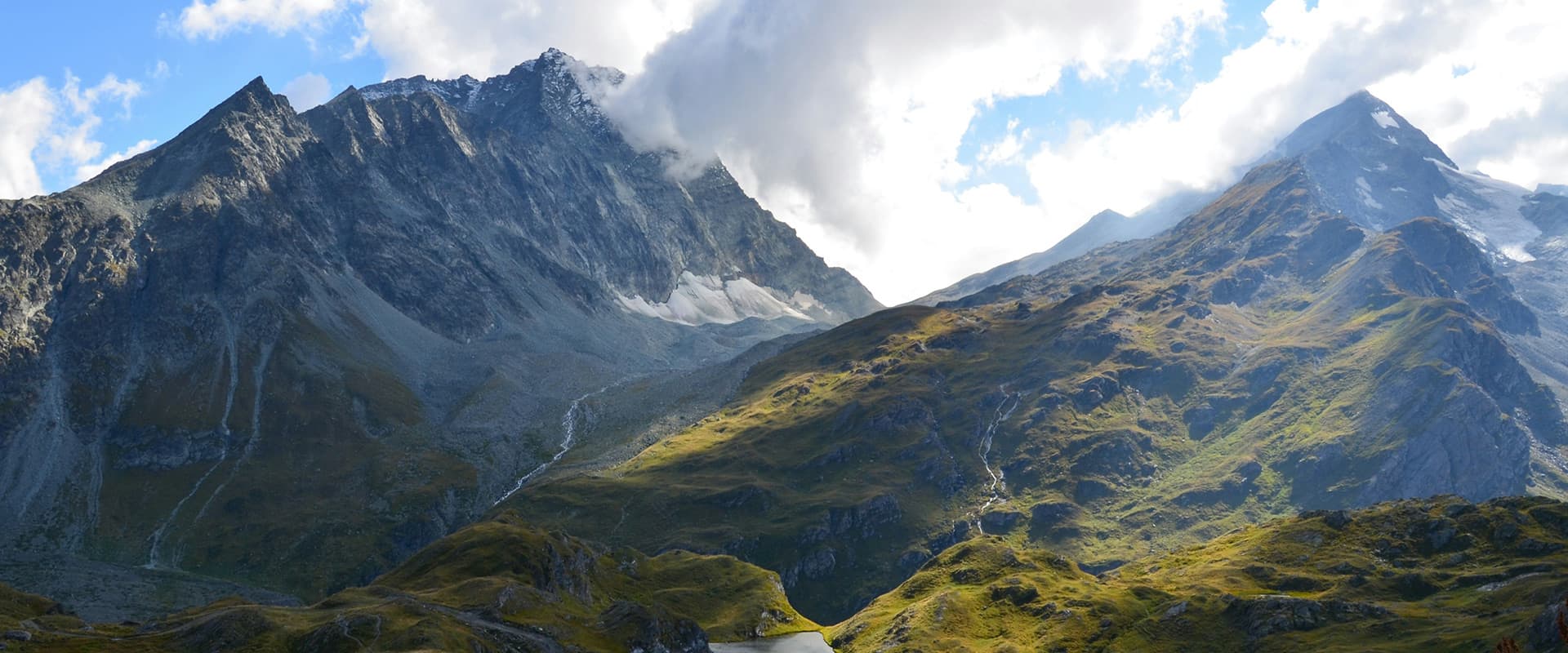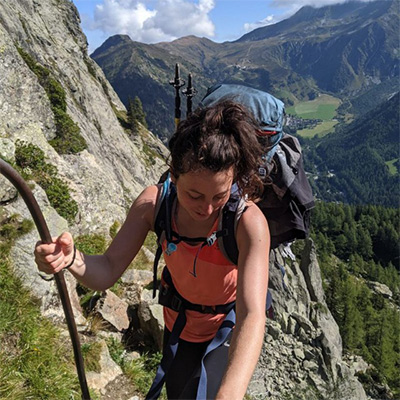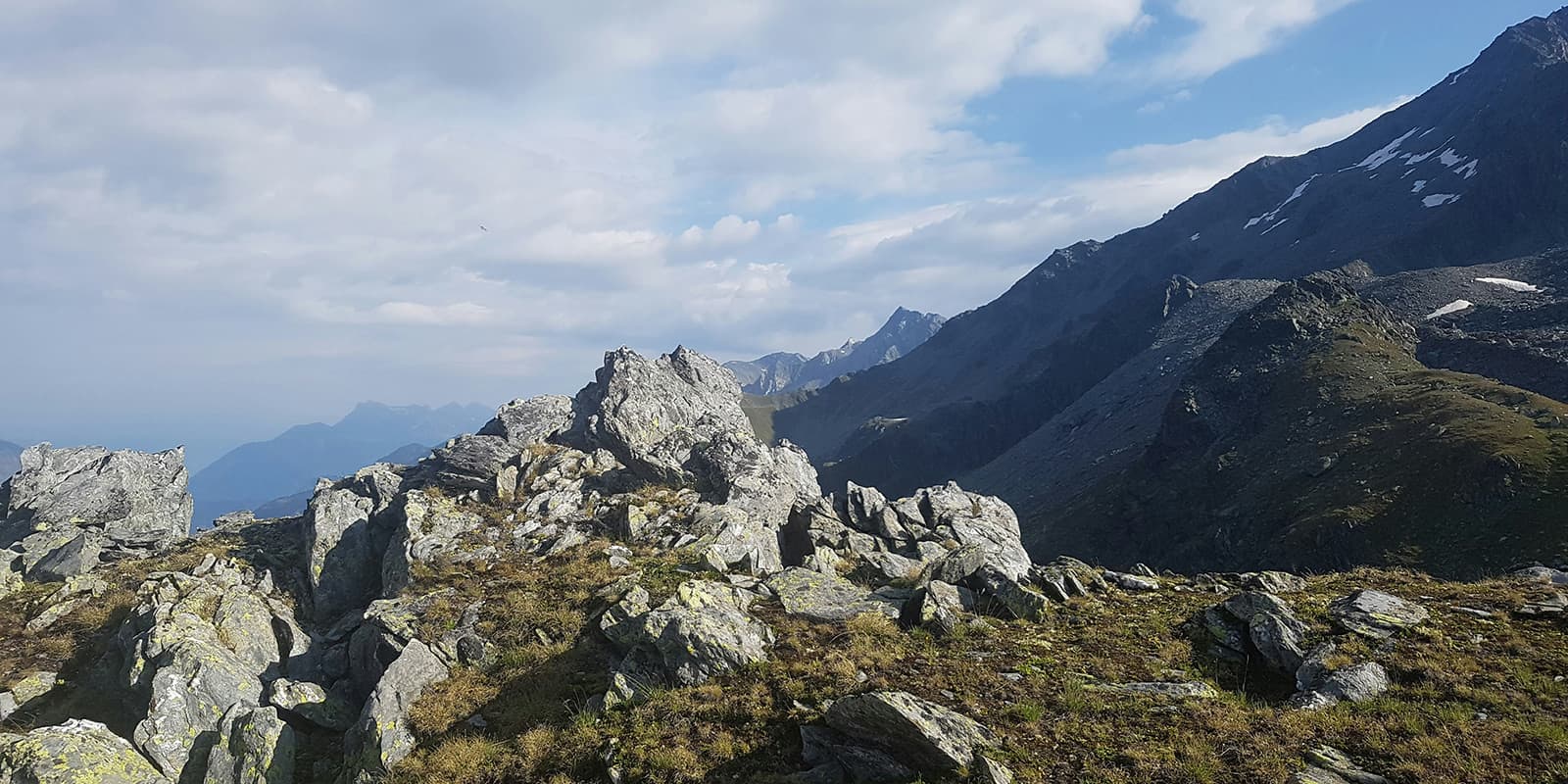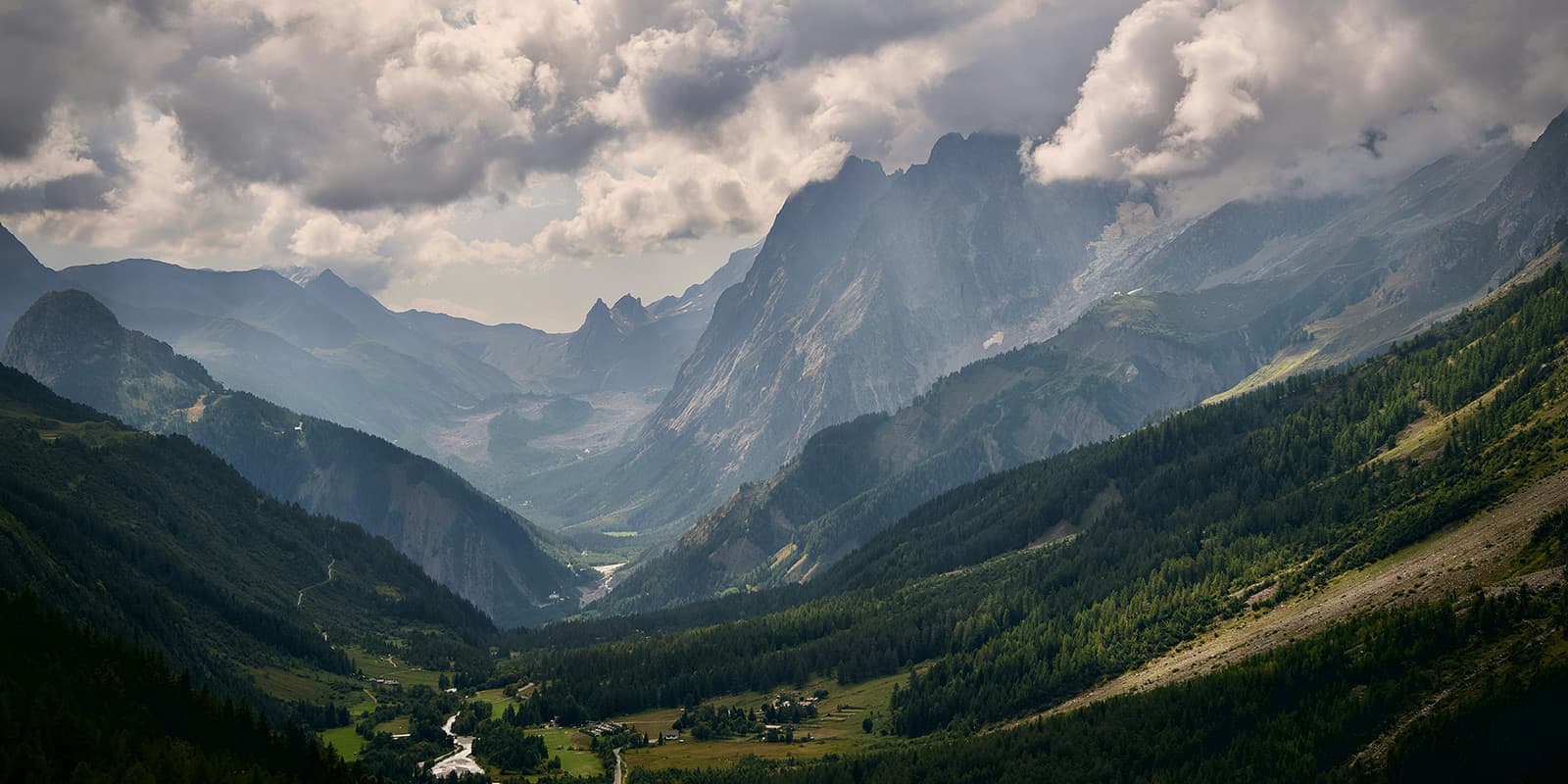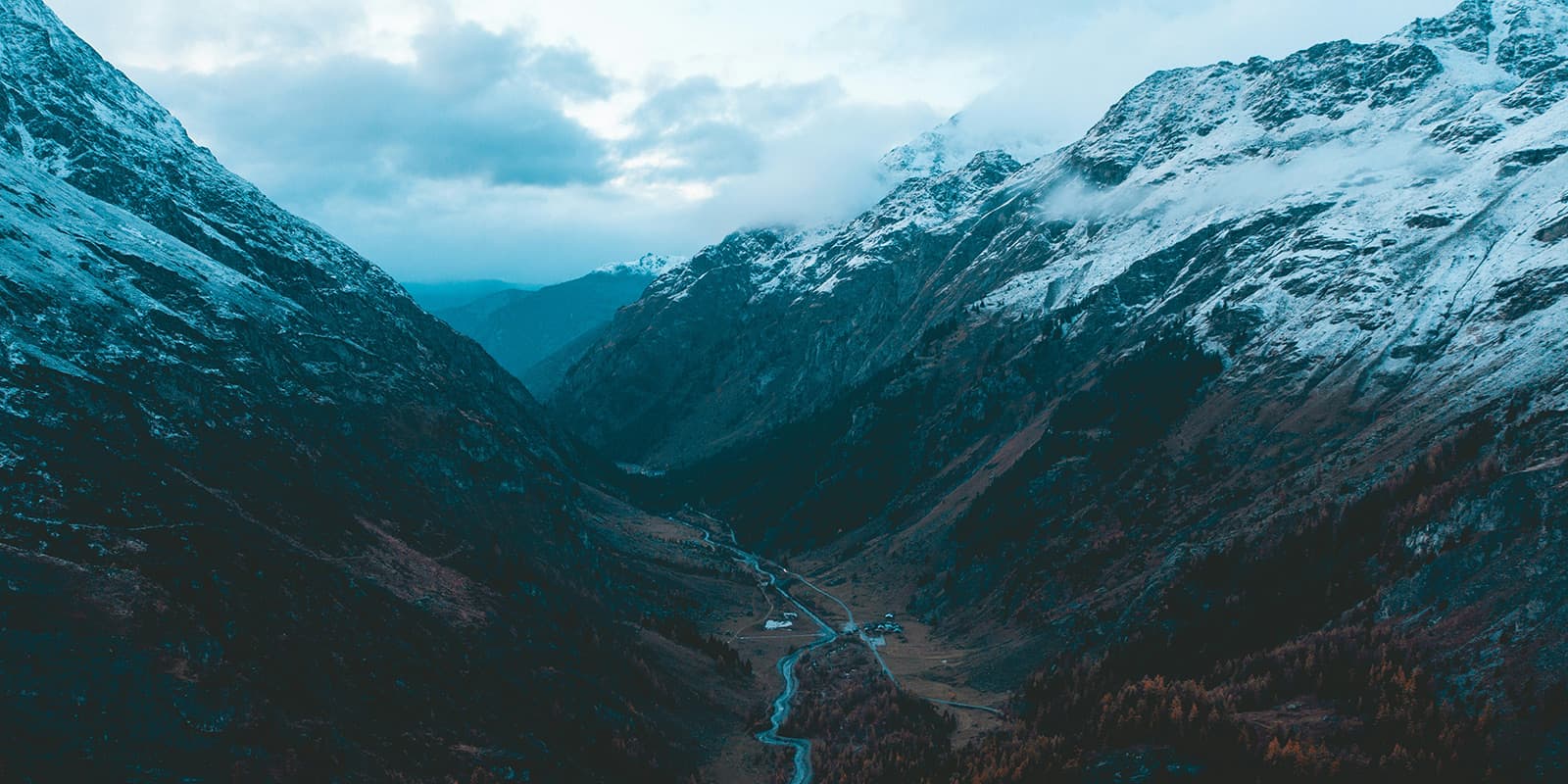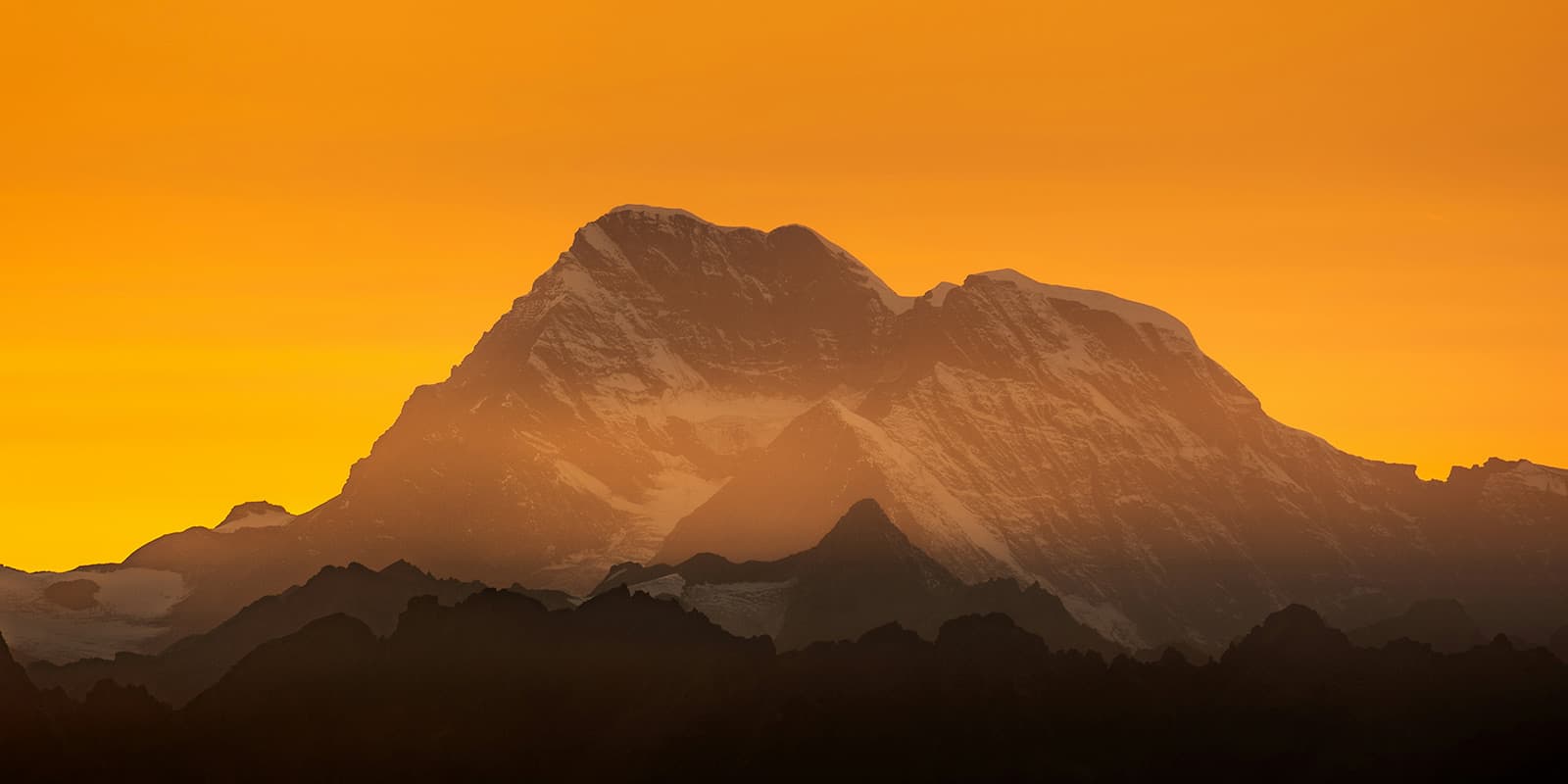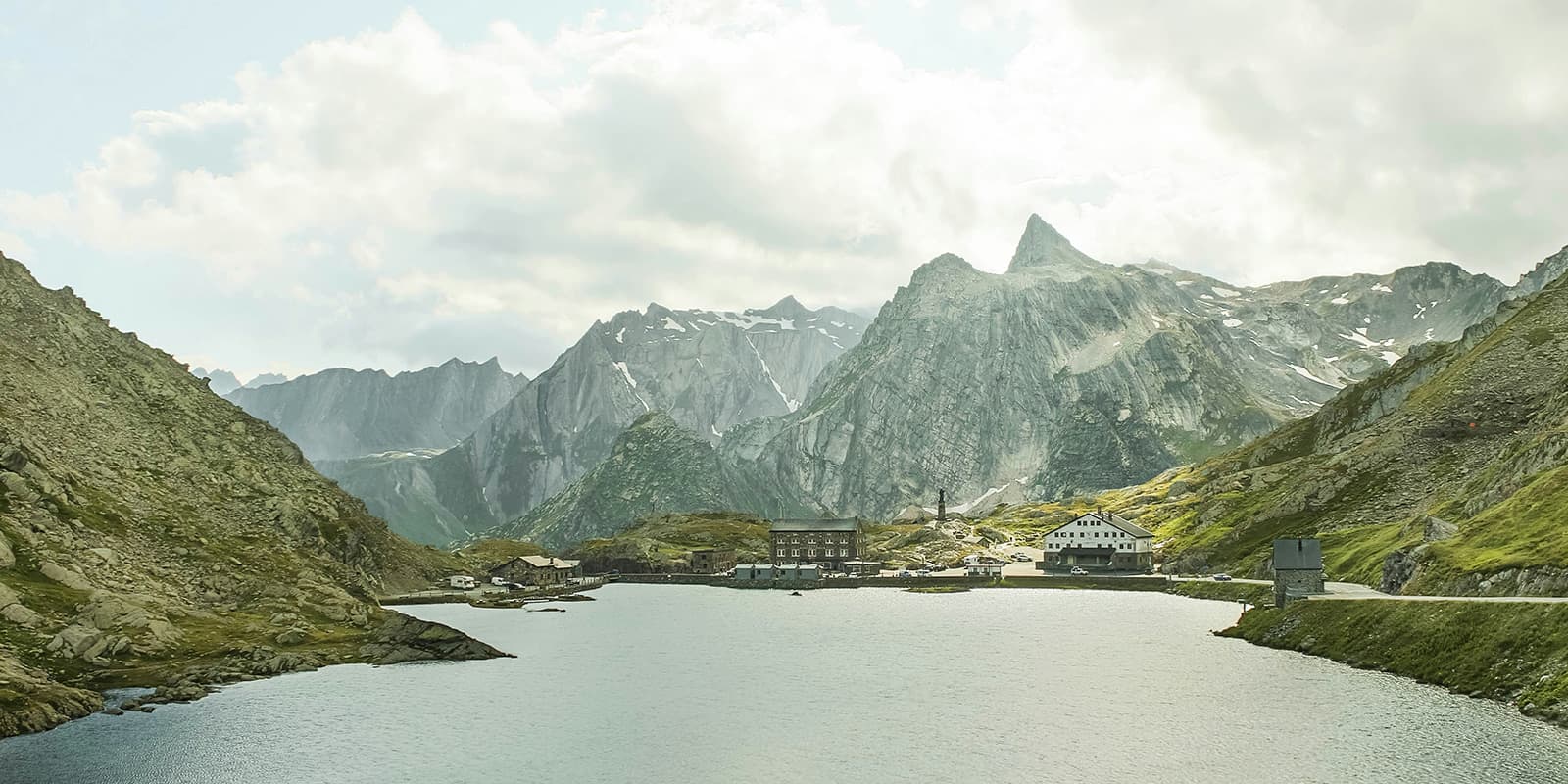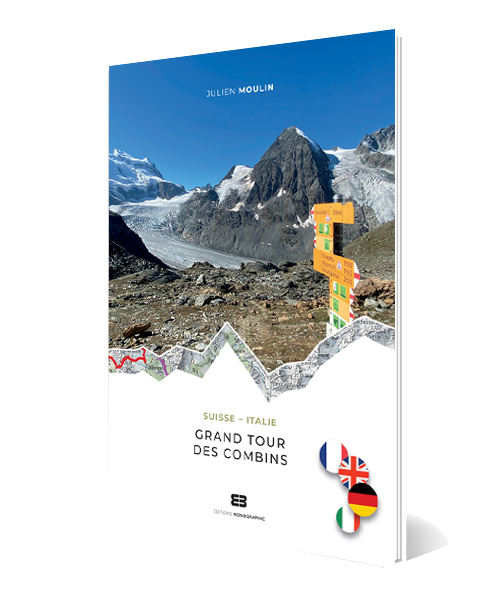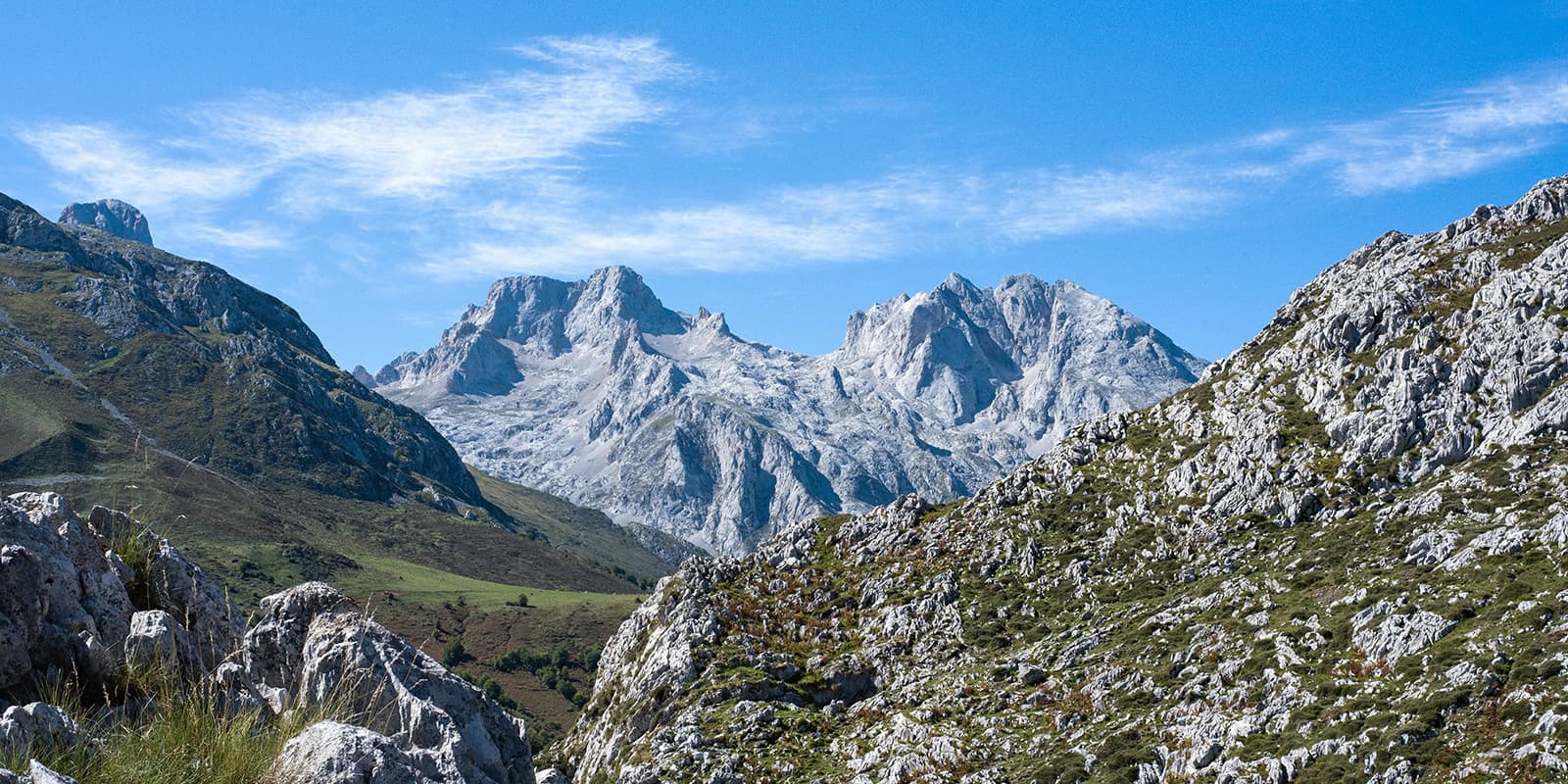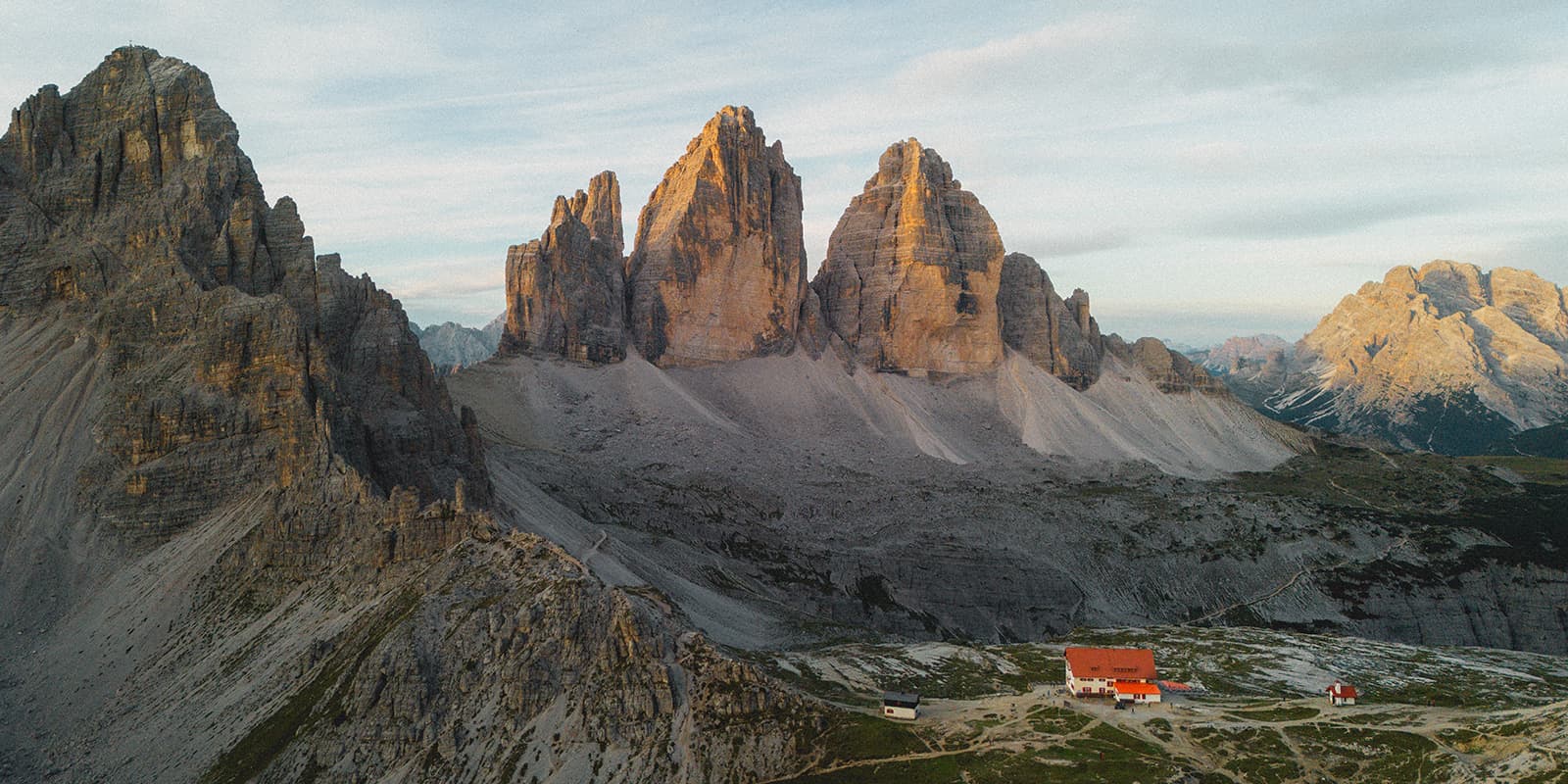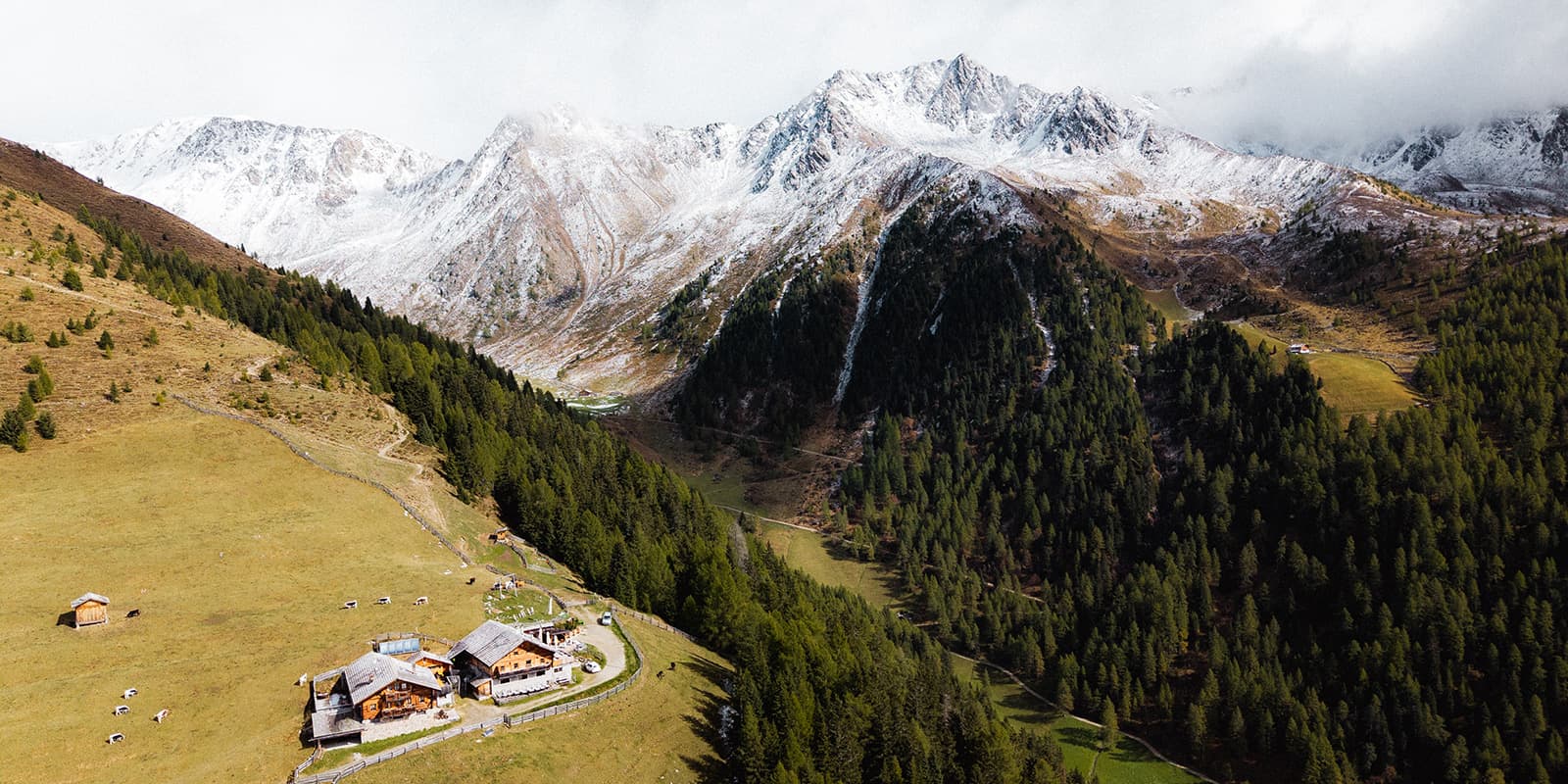Before the hike, gather information about the route (length, altitude, difficulty, current conditions) and assess your skills realistically. Tour des Combins is a challenging hike that requires experience in alpine terrain, surefootedness, and proper equipment.
Invest in the right hiking gear, including comfortable, supportive footwear with a good grip, proper hiking clothing, such as warm base layers and a hardshell rain jacket, hiking poles, a well-fitted backpack, and essential equipment like maps, GPS devices (or the GPX on your mobile), and a first-aid kit. Check out our comprehensive gear list for long-distance trails.
If you walk by yourself, share your plans with somebody else for your own safety. If your plans change while you hike, be sure to let them know this as well!
For staying overnight in the refuges, bring a light sleeping bag, in addition to the provided blankets, and earplugs for a restful night.
The weather in the high mountains can change rapidly. Always check the trail conditions and local weather forecasts, be prepared for all conditions, including rain, sun, or snow and alter your itinerary if needed.
Stay properly hydrated and nourished. Ensure you have enough water and snacks to maintain energy levels and prevent dehydration and exhaustion. Bring at least two liters of water with you. Especially in remote sections or near livestock grazing areas, it is recommended to use a water filter or purification tablets.
Respect the principles of Leave No Trace by minimizing your impact on the environment. Stick to designated trails, take all your trash with you, and show respect for wildlife and natural habitats (keep your distance and don’t feed them).


